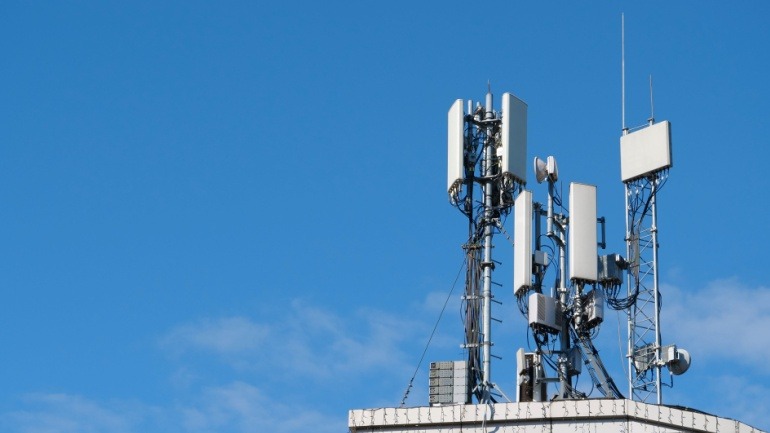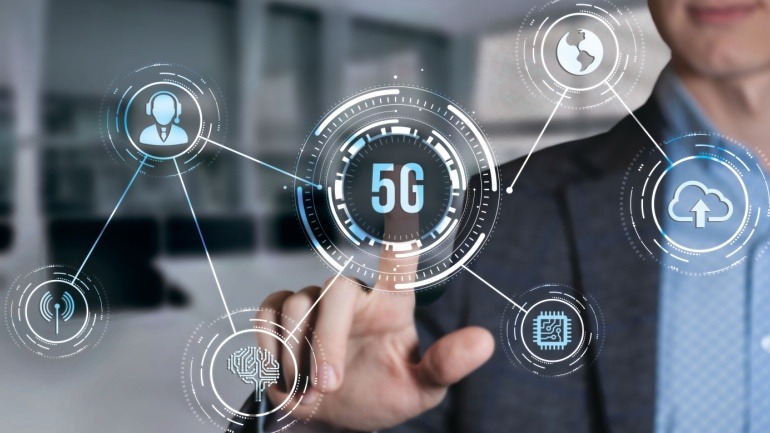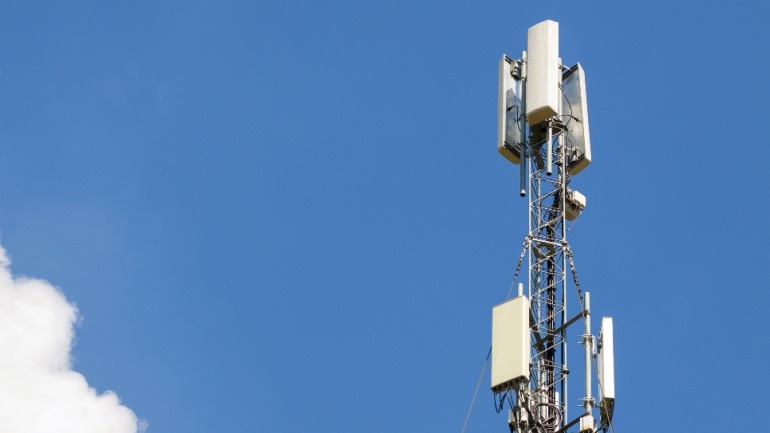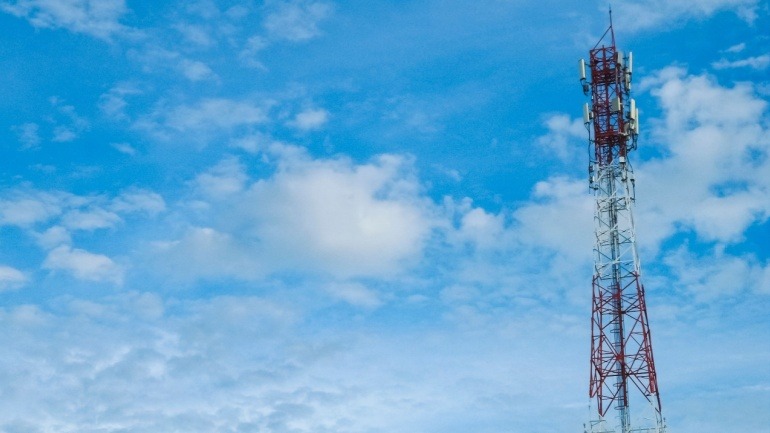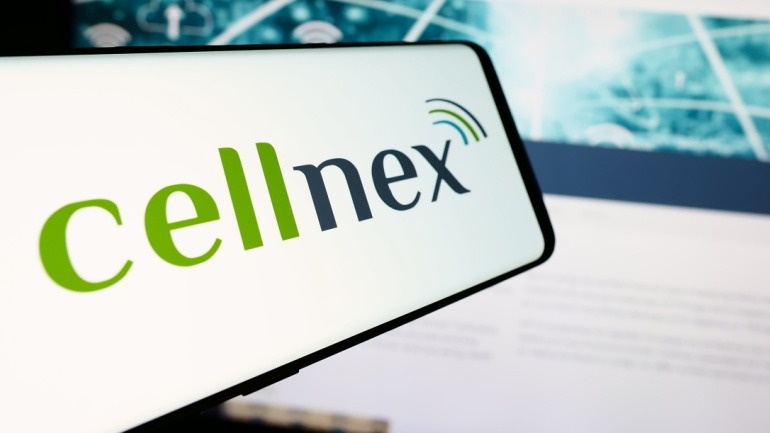T-Mobile’s $4.4 billion acquisition of UScellular has significantly altered the U.S. wireless landscape, positioning T-Mobile ahead by expanding its spectrum assets and customer base. With the rebranding of UScellular to Array Digital Infrastructure, the company’s new focus is on tower and spectrum operations.
Vodafone Germany has ingeniously transformed a traditional advertising column into a 5G antenna site in Stuttgart, kickstarting a project to enhance urban mobile coverage. Utilizing Ericsson antennas and fiber optic backhaul, it offers 500 Mbps speeds. This innovation expands Vodafone’s 5G network seamlessly, avoiding the challenges of building large cell towers.
MLGW is partnering with Nokia to launch the first private 5G standalone network for a U.S. utility, aiming to modernize its grid, boost efficiency, and improve service. This move reflects a growing trend in industrial 5G adoption, with enhanced automation, cybersecurity, and infrastructure integration paving the way for smarter utility operations.
Hong Kong is subsidizing 5G base stations in rural and remote areas to boost mobile coverage and promote smart tourism. The scheme, backed by up to HK$200 million, targets isolated villages and country parks, aiming for 98 percent coverage on major hiking trails.
SoftBank’s $15 million investment in Sceye could revolutionize telecommunications through High Altitude Platform Station (HAPS) services. Utilizing stratospheric airships for connectivity, this venture aims to enhance VoIP communication, especially in remote areas, by 2026. This innovative approach promises improved network coverage, aligning with SoftBank’s enduring commitment to telecom advancement.
At MWC Shanghai 2025, China Telecom and Huawei introduced Intelligent Ultra Pooling Uplink, a 5G Advanced innovation that boosts uplink speed, reduces delays, and improves coverage. Powered by AI, it enables seamless data transmission for smart devices, enhances energy efficiency, and supports real-time applications.
In a heated debate over AI reasoning, Anthropic challenges Apple’s flawed testing methods. The controversy highlights the need for improved benchmarks, as Apple’s evaluations misunderstood AI reasoning by treating models as text generators.
The FCC has approved AT&T and AST SpaceMobile to test direct-to-cell satellite connectivity for FirstNet. This initiative aims to enhance public safety communications by extending reliable service to remote and disaster-affected areas through low Earth orbit satellites.
Germany’s antitrust authority has accused Vodafone and Vantage Towers of blocking 1&1’s 5G rollout by withholding promised tower access. The delay, the regulator claims, harms competition and could have been avoided.
Spanish tower operator Cellnex is eyeing the sale of its majority stake in Swiss operations, potentially valuing up to €2 billion. This move is part of a strategic shift towards consolidating its core European markets for increased focus and efficiency.




